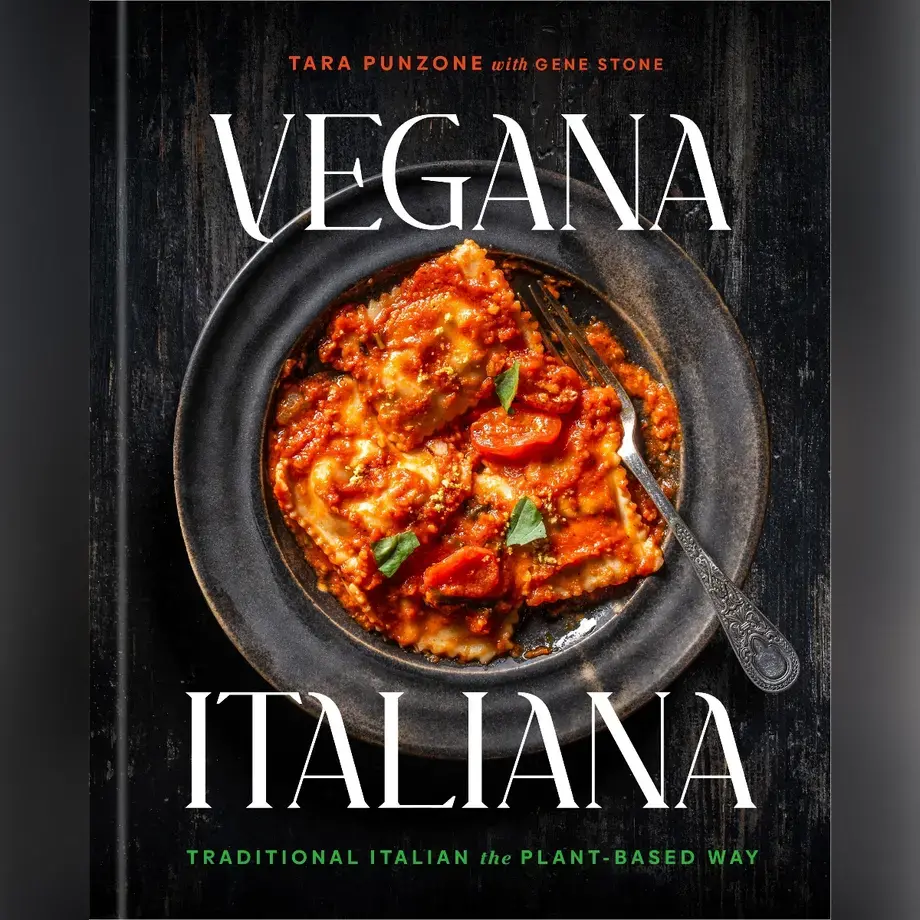Recapturing childhood isn’t that difficult. Sometimes all it takes is the simple smell of freshly baked bread to make us feel like kids again. And while the recipe for a loaf of bread is simple – not much more than flour and water – there is one ingredient that is responsible for that magical, nostalgic scent: yeast. But what is it and how to make yeast at home?
The yeast that goes into bread is called Saccharomyces Cerevisiae, a common fungus that is harmless to humans and that is fundamental in the fermentation process in wine and beer as well. The small microorganisms in this yeast find nourishment in the flour which allows the, to reproduce and transform maltose into two glucose molecules. At this point, the yeast forms carbon dioxide along with other substances (including ethyl alcohol) that give off different aromas and tastes to various kinds of bread. The mixture of flour and water then forms a dense grid of gluten, whose structure “swells” thanks to the carbon dioxide. Just as the flour plays the perfect “host” for the yeast, the other element necessary for creating more carbon dioxide, is temperature. The ideal temperature for Saccharomyces Cerevisae is 27 °C, but this can be raised a few degrees in order to accelerate the process. However, any temperatures greater than 34-35°C may cause the formation of sour compounds, which will give the bread an unpleasant taste.
How to make yeast at home? Once the Saccharomyces Cerevisae is diffused in the environment, one just needs a mixture of flour and water. To this a few spoonfuls of fresh yogurt and a pinch of salt can be added, and then the mixture can be left to air for 24 hours. The dough should then be kneaded, and then you add an equal amount of flour, some more water and then another pinch of salt. Knead, wait six hours and then repeat the procedure two more times. This will then create the “mother yeast”, which can be kept in the refrigerator. A tiny bit of this means that you can bid goodbye to the cubes of brewer’s yeast from the supermarket.
Now that we’ve got our yeast explained and made, let’s look at the recipe for bread. The ingredients are already familiar: water, flour, salt, and yeast. Generally speaking for every 1.5 kilo of flour, you’ll need 25 grams of yeast and half a kilo of water, but the water measurement is imprecise: the dough should be compact, but not too dry or wet. It should come off the hands easily (and your fingers should be floured). The wheat flour should ideally be dry and a month or two old, as it’s more elastic in the dough. Once mixed together, you can start kneading. Using your hands is best, and don’t exceed more than ten minutes or else it will lose elasticity. Let the dough rest in a dark, dry area for at least 2-3 hours, or until it’s doubled in volume. Then knead again, shape as desired and let rest for another couple of hours. Lastly, place in a 230°C oven for between 20-25 minutes. The temperature should maintain the shape of the loaf, while forming a crust.
Now there’s one last thing to do: open the oven door, close your eyes, and revisit your childhood.









